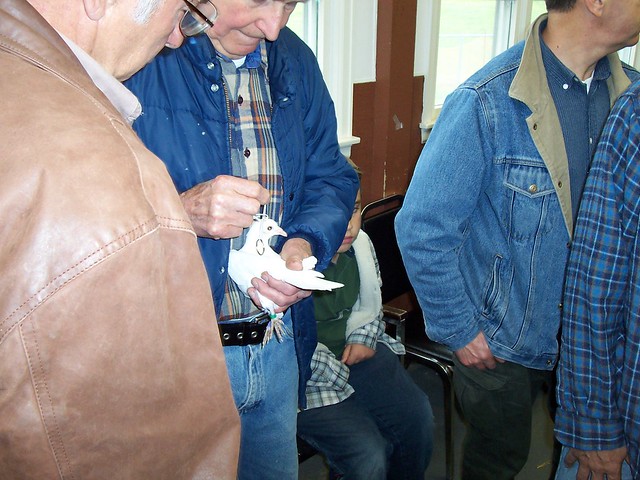
DISEASE DESCRIPTION
Generalized disease in pigeons around the world. Mainlyaffects to young animals.
Parasites are found in the pigeons intestine and are expelled by droppings. Eggs that hatch in the outside (humidity and heat accelerate their development) and are eaten by other pigeons in the dovecote. Pass through the trachea, esophagus, stomach to the intestine. Continue reading








